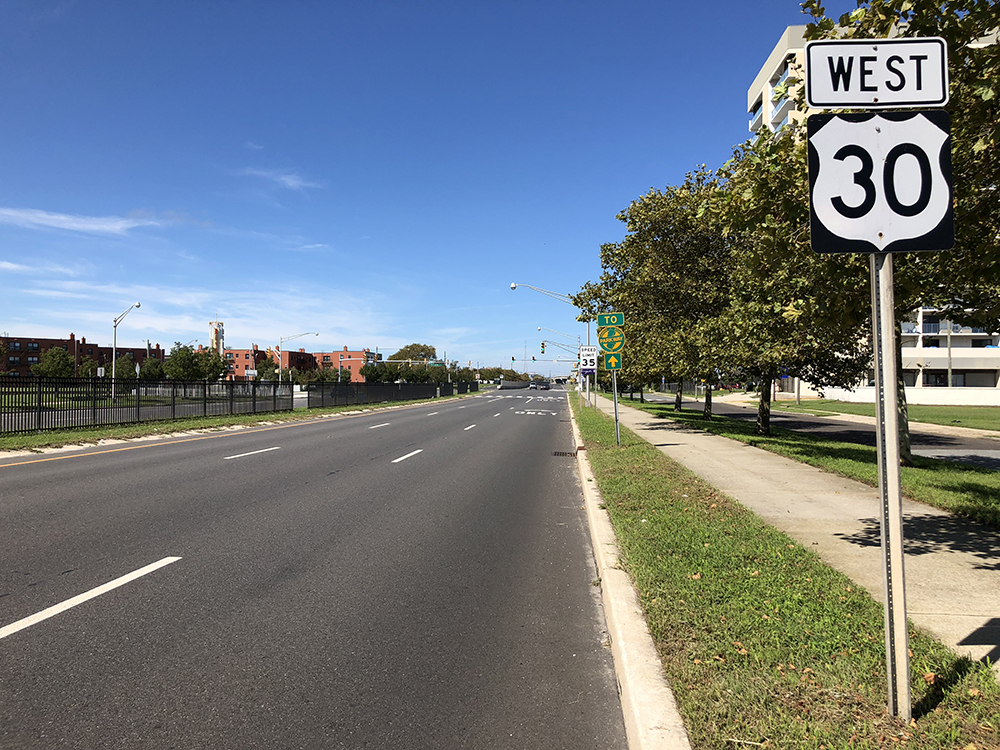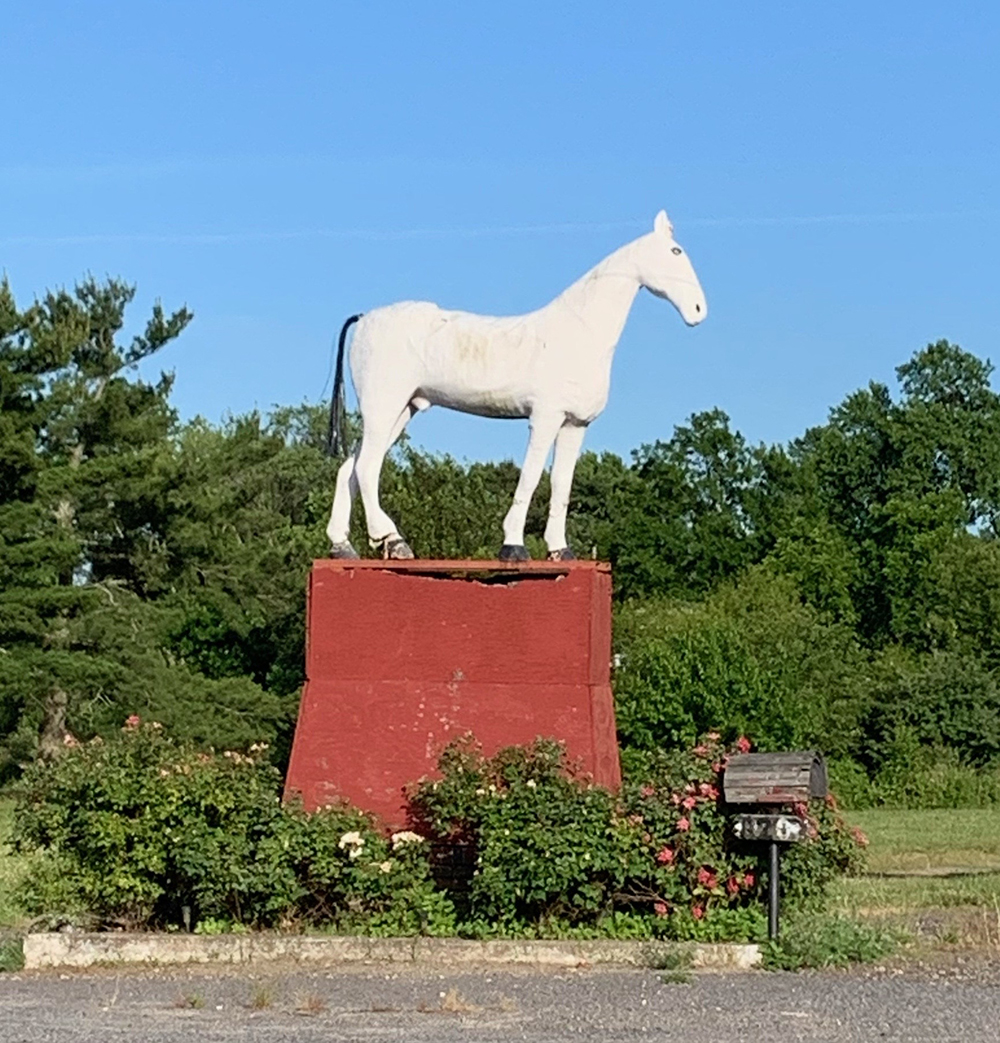How the Black Horse and White Horse Pikes got their names
By Sarah Fertsch
Staff Writer
Ever wonder how South Jersey’s two equestrian roadways got their names, or why they are so prominent in our communities? Here’s a look at the histories of the White Horse and Black Horse pikes.
It was 1854 when the White Horse Turnpike Company got started by following the route of an old Lenni Lenape trail running between Camden and the Absegami wetlands, then called White Horse Road, and converting it to a toll road.
But by the late 1870s the popularity of train travel had overtaken toll roads as travelers used increasingly popular rail lines to escape the summer heat of the city in favor of the seaside paradise of Atlantic City. Traveling by horse and carriage was slow and difficult when compared to rail travel.
The turnpike could not compete.
By 1893 the turnpike had stopped collecting tolls entirely and by 1913, maintenance responsibility of the route reverted to the public, and it became known as the White Horse Trail.
Things got better in 1922. With the automobile becoming the dominant form of transport, the entire road was paved in concrete making it the world’s longest concrete paved highway.
Highway connection to the world west of the Delaware River became a reality in 1926 when the Ben Franklin Bridge opened.

Today the White Horse Pike runs almost 59 miles between Atlantic City and Camden. It narrows from six lanes in Atlantic City to four lanes, undivided as it passes through smaller mainland towns until it reaches Egg Harbor City where motorists enjoy a median for several miles.
US Route 30, or the White Horse Pike, runs from Astoria, Ore., to Atlantic City. In New Jersey, the road connects the Ben Franklin Bridge through Collingswood, Pennsauken Township, Haddon Heights, Barrington, Berlin, Waterford Township, Atco, Clementon, Magnolia, Winslow Township, Hammonton, Mullica Township, Egg Harbor City, Galloway Township, Absecon and Atlantic City.
The White Horse Pike’s twin route, the Black Horse Pike, has a very different history.
It started in 1795 when surveyors working for Old Gloucester County mapped out a new road, replacing the “meandering old Irish road.”
The Black Horse Pike has had many names including Route 48, Route 42, US 40, Route 18S, US 322, which all refer to the same road at different sections and in different eras.
Ultimately, the Black Horse Pike refers specifically to the section of US 322 that runs from Mays Landing to Atlantic City. The road in its entirety connects the Walt Whitman Bridge to downtown Atlantic City.
It connects these towns: Camden, Haddon Township, Mount Ephraim, Bellmawr, Runnemede, Gloucester Township, Washington Township, Monroe Township, Folsom, Hamilton Township, Egg Harbor Township, Pleasantville and Atlantic City. If you continue on US 322 across the country, you’ll reach downtown Cleveland and eventually Silver Summit, Utah.
So what’s in a name?
The White Horse Pike was named for the White Horse Tavern, a popular spot in the late 1800s and early 1900s. When the state bought the Black Horse Pike 1903, it designated the route as the “Blackwood Pike.”
Twenty-three years later, builders providing maintenance to the road formed an association to rename the Blackwood Pike the “Black Horse Pike.”
The White Horse Pike was such a popular roadway that the Blackwood Pike was nicknamed “the second White Horse Pike to the shore.” The builders hoped to capitalize on the White Horse Pike’s success and remind motorists of the parallel, less-trafficked route.
Both pikes are known for their retro charm and offbeat roadside attractions.
Standing along the White Horse Pike is the metal sculpture of a horse hovering 50 feet above a grocery store, keeping watch over its namesake route. Along each road you’ll find fast food spots, department stores, hole-in-the-wall bars, and vast farmlands. The Black Horse Pike offers a rodeo, an old racetrack and many miles of marshlands.
So as you drive down one of the pikes to grab a meal, run errands, or visit some friends, remind yourself that you are a part of the legacy of these routes. Millions have traveled down the shore via these roads, and if we are lucky, millions more will do the same as they take part in the wonder of South Jersey’s economy.
This story includes information from The Philadelphia Inquirer, the New Jersey Historical Society and NJ.com. Also the book, “Images of America, The White Horse Pike,” by Jill Maser










One Response
Hi Cindy,
You forgot to mention that both Pikes travel through the Borough of Oaklyn.